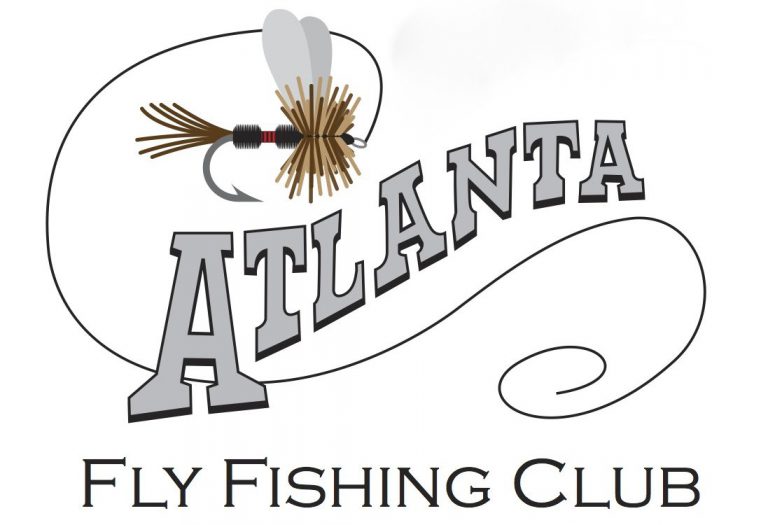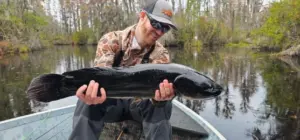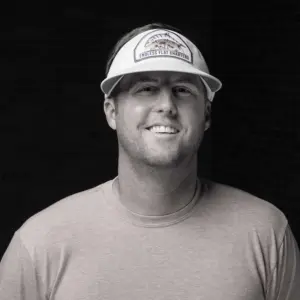Tweaking Bite Indicators?
Most of you have read 98% of a trout’s diet is subsurface and most serious fly anglers will agree. If you want to catch trout consistently day in day out you must nymph. If you think about deeper water is a much safer place for a trout to feed rather then the exposed surface and not to mention most aquatic based invertebrates life history takes place underwater.
Unless there is an active hatch occurring where adult aquatics are readily available on the surface trout tend to hang near the river substrate again where it is safe and all those larvae reside.
Some of the most common complaints about nymphing I hear is that anglers lose too many flies and spend more time hanging up on the bottom trying to retrieve valuable flies.My suggestion is to start out simply by looking at the piece of water your fishing with polarized sunglasses and determine whether you can see the detail of the riverbed. If you can see substrate you are likely in 4ft or less depth from surface to the stream floor. If you do not see bottom or what we call green water it is likely 4plus feet or deeper. Be conservative on your guess of the estimated depth and try to adjust your indicator so your nymphs are suspended half the average depth of the run you are working. Attempt half a dozen drifts without strikes or hanging bottom then move your indicator up your leader away from your flies just 6inches and try it again. Repeat this process until you either get a strike or snag the riverbed. As a rule you should hang your nymphs on the bottom every dozen cast/drifts so at least you know your are consistently near the stream floor. We also say your not nymphing properly unless you lose a few flies now and then. Tweaking your fly suspension system whether it is a dry dropper rig or an actual strike indicator lean towards a conservative depth adjustment initially and you will spend more time fishing less time losing flies!
Dead Drift
Most trout anglers realize the importance of a “dead-drift” or “natural-drift” where your flies are allowed to drift the exact same speed as the current in the stream. There have been many books and manuals written on how to present the fly to the fish and then on how to manipulate your line with an upstream mend in order to maintain a natural drift. The term “mend” can make this technique confusing for newbies to the sport and quite honestly many novice anglers as well. The word mend means to repair or the term “on the mend” means to get better.
Most fly lines are designed to float but with this quality we must contend with the current of the stream flow in order to keep a direct connection with the fly and to maintain your drift. Typically when casting a floating fly line any direction on the river you will notice that the fly line will drift faster then the leader, tippet and fly in most situations. The Majority of casts and drifts the fly line will be swept downstream forming a downstream belly or bow in the line. To prevent the fly from dragging unnaturally and to keep connected to the drifting fly we must mend upstream again in the majority of situations.
What happens if our fly line bows upstream causing unwanted drag? The upstream “belly” occurs less frequently and is commonly caused by the varied contour of the riverbed. Whether it is a log or rock structure these underwater features influence the current by obstructing the flow causing eddies or slack water and sometimes an upstream current. We are creatures of habit so let’s break the common “upstream mend” habit and try mending downstream! You may just increase your catch rate.
Tight lines! Chris Scalley (chrisscalley@bellsouth.net)





